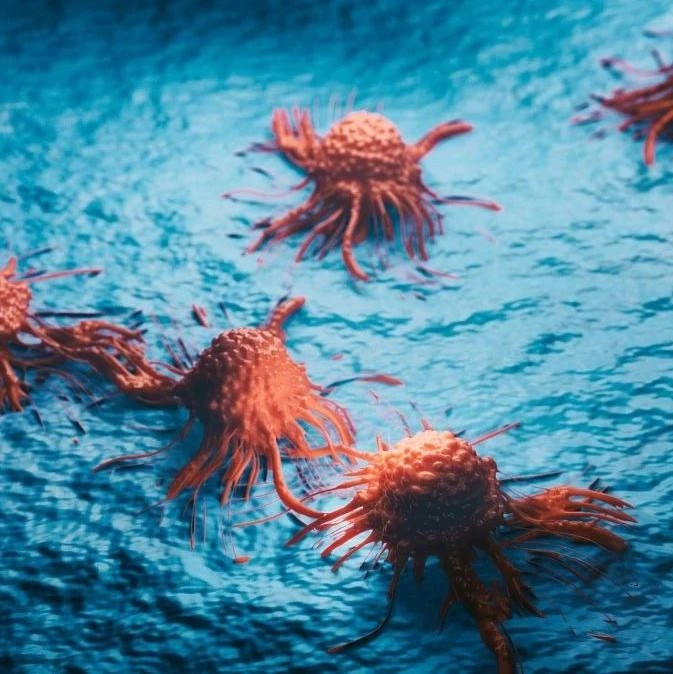加州大学圣地亚哥医学院和斯卡格斯药学院的科学家们发现了人体的免疫系统是如何应对臭名昭著的致命炭疽病菌的。这项研究结果在线发布于6月16日,将发表在6月22日的Immunity ,据文章的描述,当机体遭遇到能危及生命的细菌感染时,会发出关键的紧急信号。感染炭疽病菌通常是致命的, 炭疽细菌可以侵入到免疫细胞(巨噬细胞)中,并释放烈性毒素,这种毒素可以使关键生化途径瘫痪,进而导致细胞快速凋亡。如果不抑止这个过程,机体的免疫防御系统可能会遭到彻底的摧毁,病菌会快速增殖,最终导致感染性休克,死亡率很高。
研究人员发现,机体与入侵的炭疽病菌之间的斗争从第一个被感染的细胞中就开始了。他们发现,最初受到影响的巨噬细胞会立即与其他免疫细胞沟通,向他们发出警报,并制定出生存战略。 值得注意的是,生存反应中涉及到的关键信号分子是三磷酸腺苷或称为ATP,这是所有生物的能量传递的基本货币。
著名的药理学博士Michael Karin说:“这种受到炭疽病菌感染时所发出的警报是很复杂的,可以有效地减缓病菌的传播。”
Karin解释道:通过在细胞膜上的特殊通道,炭疽毒素会进入到巨噬细胞中,被感染的巨噬细胞会释放出ATP,之后,第二个巨噬细胞会通过一种感受器感受到这种ATP,并组装和激活一种复杂的分子,即炎性分子,然后这种炎性分子向血液中释放一种免疫活化分子,即白细胞介素-1β(IL -1β),它会向机体所有的巨噬细胞发出警戒信号,这些巨噬细胞都会动员起来,提高对抗炭疽病菌的抵抗作用,最终导致细胞凋亡。
研究人员在对转基因小鼠或抑制剂药物进行的一系列实验后认为:在对抗病原菌的战斗中,这种复杂的信号转导途径是很重要的。 当阻断ATP通道,或抑止ATP受体、炎性蛋白质或IL -1β分子时,研究人员发现,巨噬细胞就无法生存,炭疽病菌迅速增殖,被感染的小鼠会很快死亡。 他们还指出,免疫应答途径只对最危险的细菌性病原体做出反应,感染一种不分泌致命毒素的炭疽细菌突变体后,实验动物并不会启动报警系统。
Victor Nizet博士是儿科与药学教授,他的传染病研究实验室对这项研究的开展提供了帮助,他说:“我们希望这些研究结果可为设计新的治疗方法带来帮助,以协助身体对抗烈性的细菌病原体。”他还说:“保护巨噬细胞的免疫功能,让他们更好的生存下来,会为患者争取到宝贵的时间,最终通过服用抗生素来彻底的清除感染。” (生物探索译)
生物探索推荐英文原文:
How the immune system fights back against anthrax infections
Scientists at the University of California, San Diego School of Medicine and Skaggs School of Pharmacy and Pharmaceutical Sciences have uncovered how the body's immune system launches its survival response to the notorious and deadly bacterium anthrax. The findings, reported online today and published in the June 22 issue of the journal Immunity, describe key emergency signals the body sends out when challenged by a life-threatening infection. Exposure to anthrax often proves deadly. The anthrax bacterium can invade immune cells called macrophages and release potent toxins that paralyze key biochemical pathways, causing rapid cell death. Unchecked, the process may completely collapse the body's immune defenses, allowing the bacteria to proliferate, and ultimately lead to septic shock and high mortality.

Pictured:A false-colored yellow neutrophil, one of several types of white blood cells that comprise the body's immune system, engulfs anthrax bacteria (orange).
The researchers discovered that the fight against invading anthrax bacteria begins with the first infected cell. They found that initially impacted macrophages immediately communicate with other immune cells to sound the alarm and develop a survival strategy. Remarkably, the key signaling molecule involved in the survival response is adenosine triphosphate or ATP, a basic currency of energy transfer used by all organisms.
"The warning alarm sounded during anthrax infection is elegant, complex and can be effective in slowing spread of the pathogen," said Michael Karin, PhD, distinguished professor of pharmacology and senior author of the study
Karin explained that ATP is released from macrophages infected and poisoned with anthrax toxins through a special channel in the cell membrane. This ATP is then sensed by a receptor on a second macrophage, which assembles and activates a complex of molecules known as the inflammasome. The inflammasome then releases into the bloodstream an immune-activating molecule known as interleukin-1beta (IL-1beta), which alerts macrophages throughout the body to mobilize and increase their resistance to anthrax-induced cell death.
Researchers confirmed the importance of this complex signal transduction pathway in fighting anthrax in a series of experiments using genetically altered mice or inhibitor drugs. Whenever the researchers interfered with the ATP channel, the ATP receptor, inflammasome proteins or the IL-1beta molecule, they found that the macrophages could not survive, anthrax bacteria grew unchecked or the infected mouse died rapidly. They also noted that the immune response pathway responded only to the most dangerous bacterial pathogens. Infections using a mutant anthrax bacterium lacking the deadly toxins did not set off the alarm system in test animals.
"We hope these findings can be exploited for the design of new treatments to help the body combat serious bacterial pathogens," said Victor Nizet, MD, professor of pediatrics and pharmacy, whose infectious disease research laboratory contributed to the study. "Supporting the survival of macrophages and preserving their immune function may buy patients precious time until antibiotic therapy is brought on board to clear the infection."







